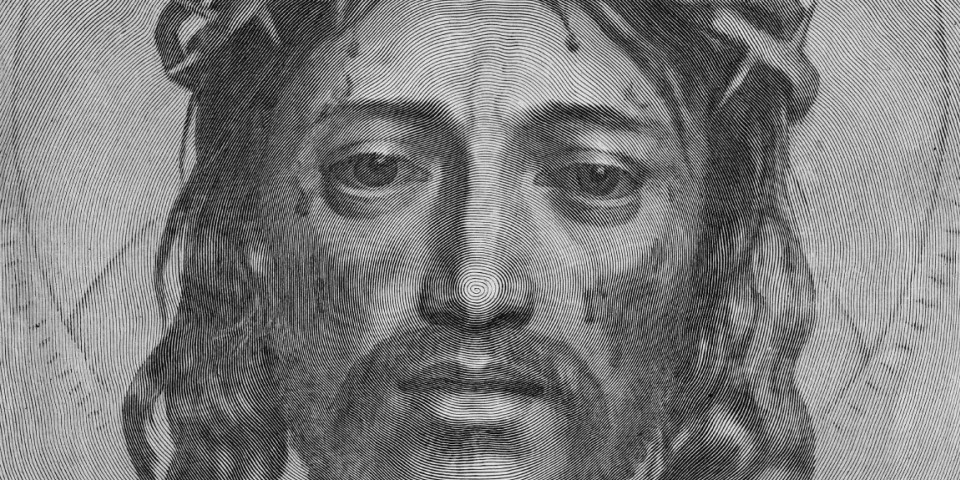Engraving
The collection of engravings can be considered one of the most important of the country, both in quantity and quality. Retains works of the best artists, since the late fifteenth century until today.
Through these works are able to study the different artistic styles, since the last gothic to the latest trends and current recorded the different techniques of recorded since the wood engraving until the new digital techniques, calcográficas techniques, lithography, screen printing, techniques and additive digital techniques.
Are the main engraving schools, mainly european, stressing the engraving collection. This collection, in particular, it is still increasing, the usa patriot act and the Legal deposit to donations of editors of printmaking, workshops and individual artists.
History of the collection
In 1868, the State acquired the collection of engravings, drawings and books with engravings that the painter Valentín Carderera had bequeathed to the Biblioteca Nacional after a lifetime of collection. For this purpose, a special Prints Room was created to house these works and other works of the same genre that had been dispersed throughout the library. The Carderera collection was supplemented with loose prints and prints from books of engravings from the old Biblioteca Real.
In 1880, a series of drawings and proofs of his most famous prints were purchased from José María Galván. That same year, the nephew and heir of the painter Manuel Castellano sold the Biblioteca Nacional around six thousand engravings that had belonged to this major collector. In 1904, prints and books with engravings from the so-called Izquierdo Collection that Eugenio Izquierdo had bought in Paris, entered the library's collection.
Other donations of major significance were the engravings of Ricardo Baroja in 1910, and in 1951 Mariano Fortuny Madrazo's widow bequeathed one folder of her husband's engravings and another folder of Mariano Fortuny Marsal's engravings, printed by the former, to the Biblioteca Nacional.
In 1968, in addition to his library, the drawings and engravings on Cervantine themes of the collector Juan Sedó Peris Mencheta were also purchased. In 1975, two very important collections of religious prints came to form part of the Section: the collection donated by Mr Florentino Zamora and the collection purchased upon the death of Mr Isidro Albert.
The following year, 1976, the Calcografía Nacional (Spain's national archive of engravings and etchings) gave the Biblioteca Nacional around one hundred prints by contemporary artists such as Cuní, Echauz, Prieto Nespereira, Marcoida, etc. The purchase of antique engravings continued: in 1963, one hundred and twenty-five 19th century Japanese prints, in 1985 the "Camere sepolcrali degli antichi" by Piranesi and "L´Espagne a vol d´oiseau" by Alfred Guesdon, in 1986 the second edition of "Los Proverbios" by Goya and the seventh edition of "Los Desastres", and in 1988, the fifth and tenth editions of "Los Caprichos", etc. Furthermore, prints were purchased from contemporary artists, including works by Picasso, Dalí, Miró, Tàpies, Chillida, Millares, Alberti and many more.
The Legal Deposit act has meant that books with original prints or highly significant albums have entered the library's collection; the most noteworthy among these being Picasso's "Tauromaquia", the "Cantic al Sol" illustrated by Joan Miró, "Caminos" by A. Machado, illustrated by Redondela, "La vida del Lazarillo", illustrated by Pelayo, "Variaciones sobre el Entierro del Conde de Orgaz" by Alberti, "Aguafuertes" by Solana, etc. It is also the case that many engravers make considerable donations of their work and, as a result, the Biblioteca Nacional currently holds an important collection of contemporary Spanish engravings. The collection continues to grow with donations from artists and collectors, through the exchange of duplicates, works handed in through Legal Deposit and acquisitions of all type of graphic materials, both antique and modern.
The holdings
The collection of original engravings in the Biblioteca Nacional is, without any doubt, one of the most important in the country in terms of the number and quality of the pieces it contains. The Drawings and Engravings Department holds over 100,000 loose prints and another 600,000 engravings contained in books, not to mention those in other departments such as Manuscripts, Incunabula, Rare Books and in the General Rooms Department.
Virtually all engravings schools are represented, particularly the Spanish school, with works from the 15th century to the present day, and the collection is kept up to date and continues to grow. There is a good representation of German, Flemish, Dutch, Italian, French, English, Portuguese and even Japanese prints and illustrated books; the most notable among these are works by artists such as Ribera, Goya, Fortuny, Picasso, Durero, Cranach, Rembrandt, Piranesi, Tiepolo, Callot, Nanteuil, etc.
The subject matter is extremely varied: a considerable number of prints deal with religious and mythological themes, history, engravings that reproduce paintings, cityscapes and landscapes; architecture and ornamentation, customs and clothing, portraits, genre scenes, etc.















